How Mumbai became a contemporary art mecca
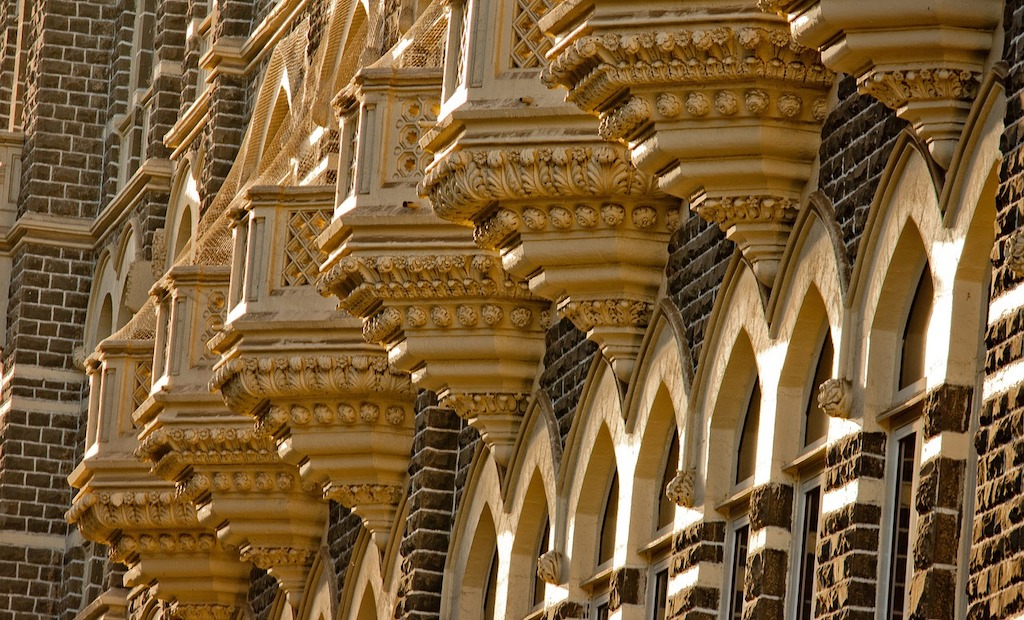
Mumbai is one of the busiest cities on the planet. Home to the glamorous Bollywood and the deprived slums, it is a city of contrast. Though well-known for its festivals and landmarks, those with a keen eye for art know Mumbai as one of the most vivid art centres in the world.
How did the city gain this reputation? It did it thanks to a dedicated and passionate community of artists and a public that embrace art with open arms. Art is at the heart of Mumbai, and artists and art lovers alike have flocked there to see for themselves. This is why.
Mumbai has some of the world’s best galleries
A city could not accurately be called an art mecca without playing host to an illustrious portfolio of galleries. Chhatrapati Shivaji Maharaj Vastu Sangrahalaya (CSMVS) is one of Mumbai’s oldest galleries, dating back to 1916 (but opened to the public in 1922). Its permanent collection consists of European paintings, Chinese and Japanese antiques, and local textiles.
But despite CSMVS’s prestige, it is the newer galleries that earned Mumbai its reputation as an iconic destination for contemporary art. Jehangir Art Gallery was opened in 1952, and rather than displaying vast amounts of foreign works, it is famed for it hosts the work of local artists, with non-Indian artists bringing their work for frequent temporary exhibitions.
Following in the footsteps of Jehangir, several new art galleries opened in Mumbai. The Guild Art Gallery shares Jehangir’s national focus, and it has gained a reputation as a place that new and upcoming artists can display their most creative and experimental work.
Studio3 Art Gallery has a similar mission. Its curators encourage brand new artists to display their work there, and offer guidance to these novices. More well-known artists such as Paresh Maity and Suhas Roy have frequently collaborated with the gallery to nurture the next generation of Indian art talent.
Art is not confined to the galleries
Though Mumbai’s galleries alone make it worthy of a place on the art map, the city truly stands out as a cultural capital thanks to the way art is woven into public life. Multimedia Indian contemporary artist Owais Husain took part in Mumbai’s seventh [en]counters public art festival in October 2016, where his work was displayed in the streets of the city for any passersby to admire and appreciate.
But public art in Mumbai is not confined to annual festivals. This year, politician Aaditya Thackeray won permission for his plan to turn Mumbai’s Kala Ghoda neighbourhood into an open public art gallery, pedestrianised at the weekends, bringing contemporary art to as wide an audience as physically possible.
Contemporary artists are inspired by Mumbai
The Mumbai public’s huge appetite for contemporary art is encouraging for artists, eager to create art to satisfy this very real public need. And many artists find Mumbai itself to be inspirational. When contemporary Indian artist Jitish Kallat explained Mumbai’s appeal to a reporter in San Francisco, he had an interesting yet telling answer to the question “Is it right to surmise Mumbai is your greatest muse?”
He said this: “Mumbai is neither a muse nor a theme.” But Kallat isn’t saying Mumbai doesn’t inspire him here. He expanded to tell the interviewer that Mumbai is the place he was born and raised, and that the “culture medium” in which one grows up is crucial to the development of an artistic viewpoint.
It is no surprise, then, that many artists from Mumbai are working as masters of multimedia. They grow up surrounded by the finest contemporary art their country has produced, from painters like Suhas Roy, from the great Indian architects behind the city’s structures, and from multimedia artists like Owais Husain and Kallat himself – a Mumbai local.
With public art becoming an ever-bigger part of Mumbai’s cultural identity, there is no doubt that many artists will follow in Kallat’s footsteps, growing up not to see Mumbai as a muse or a theme, but as an environment that nurtures their talent—an incubator of inspiration.
The editorial unit



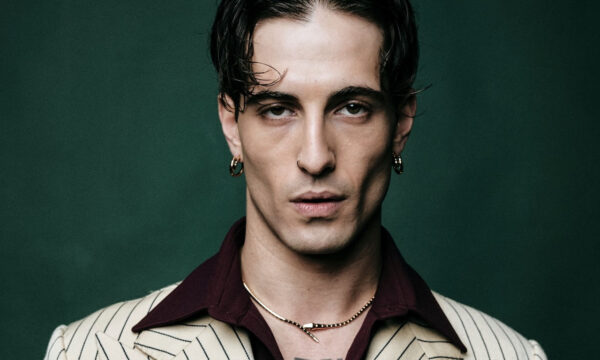

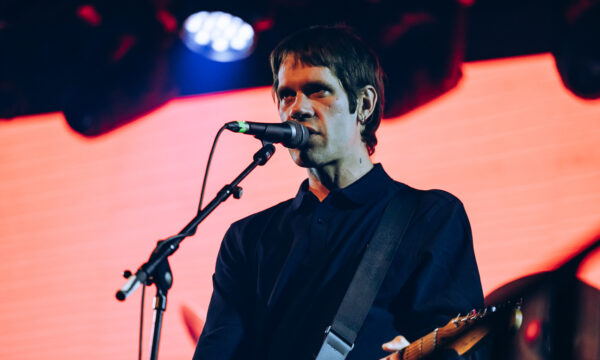
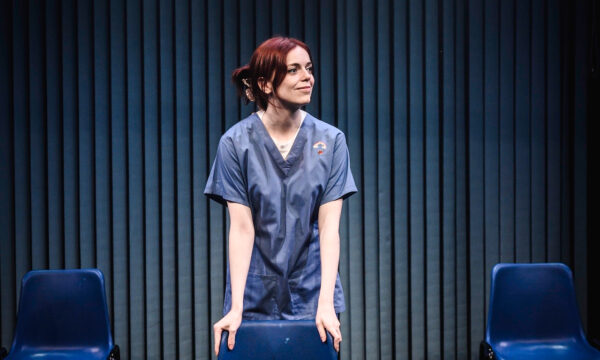

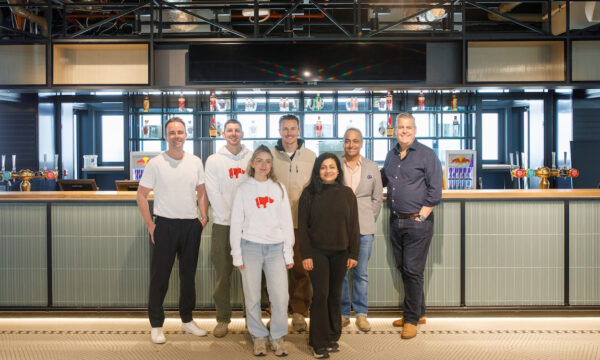















Facebook
Twitter
Instagram
YouTube
RSS